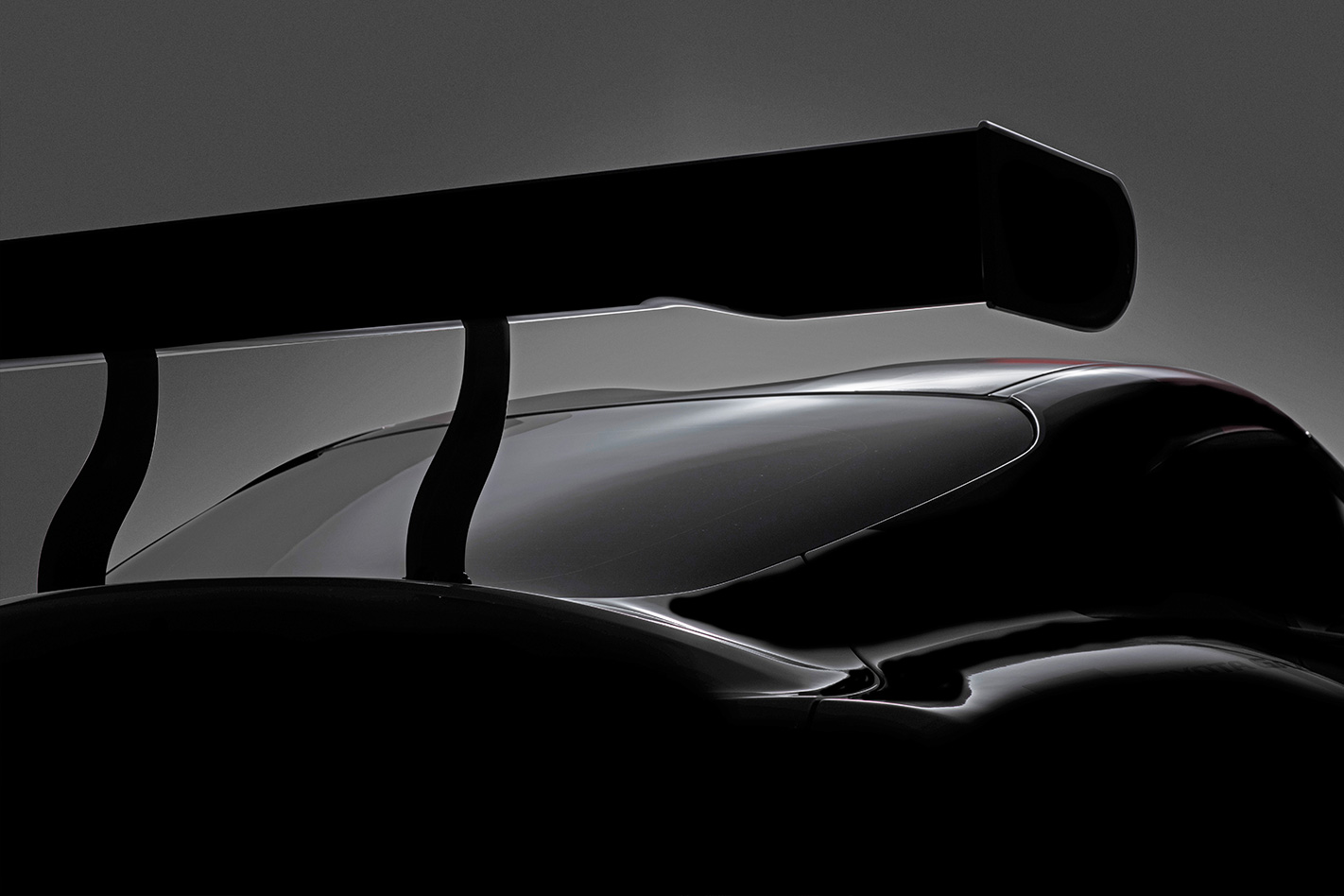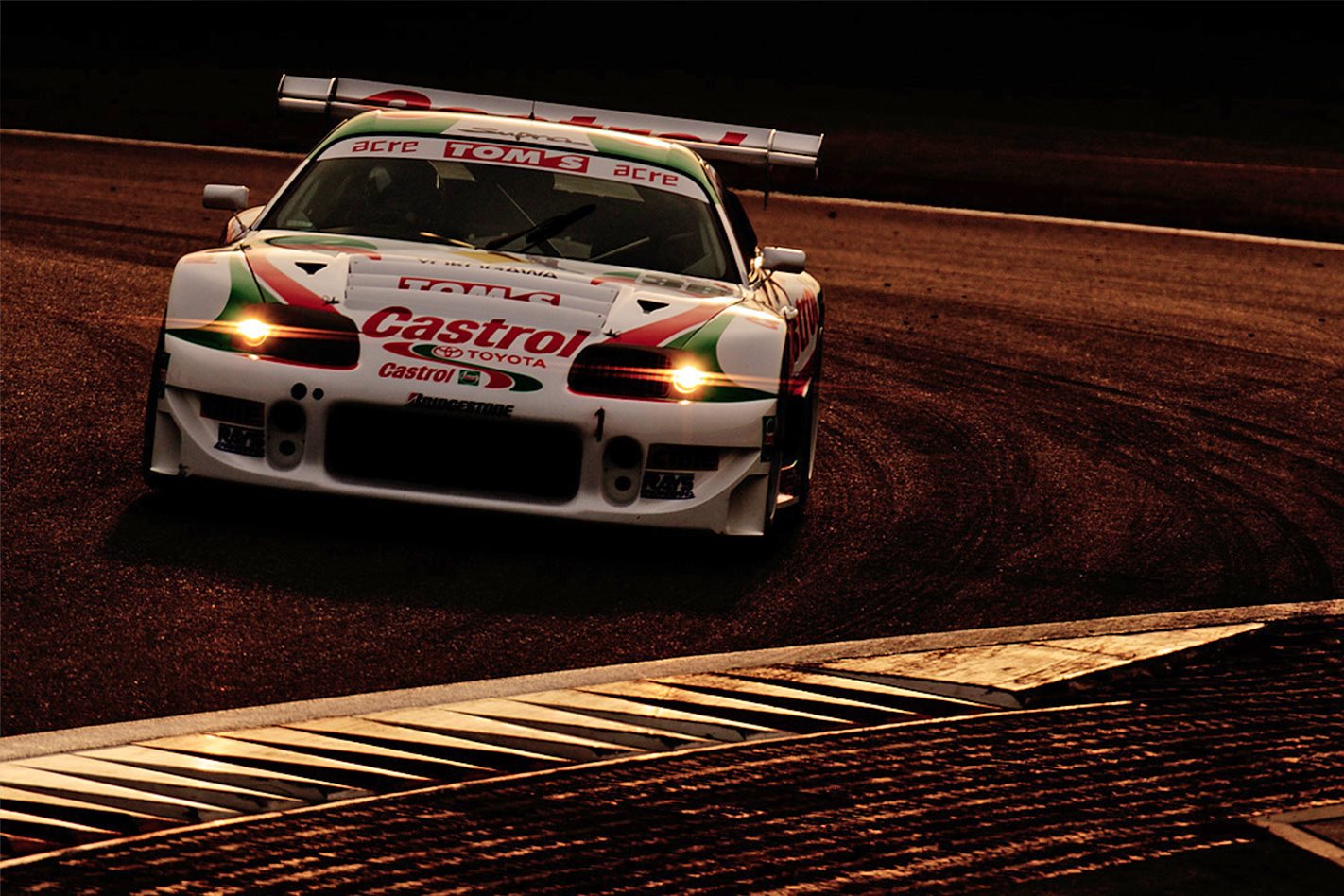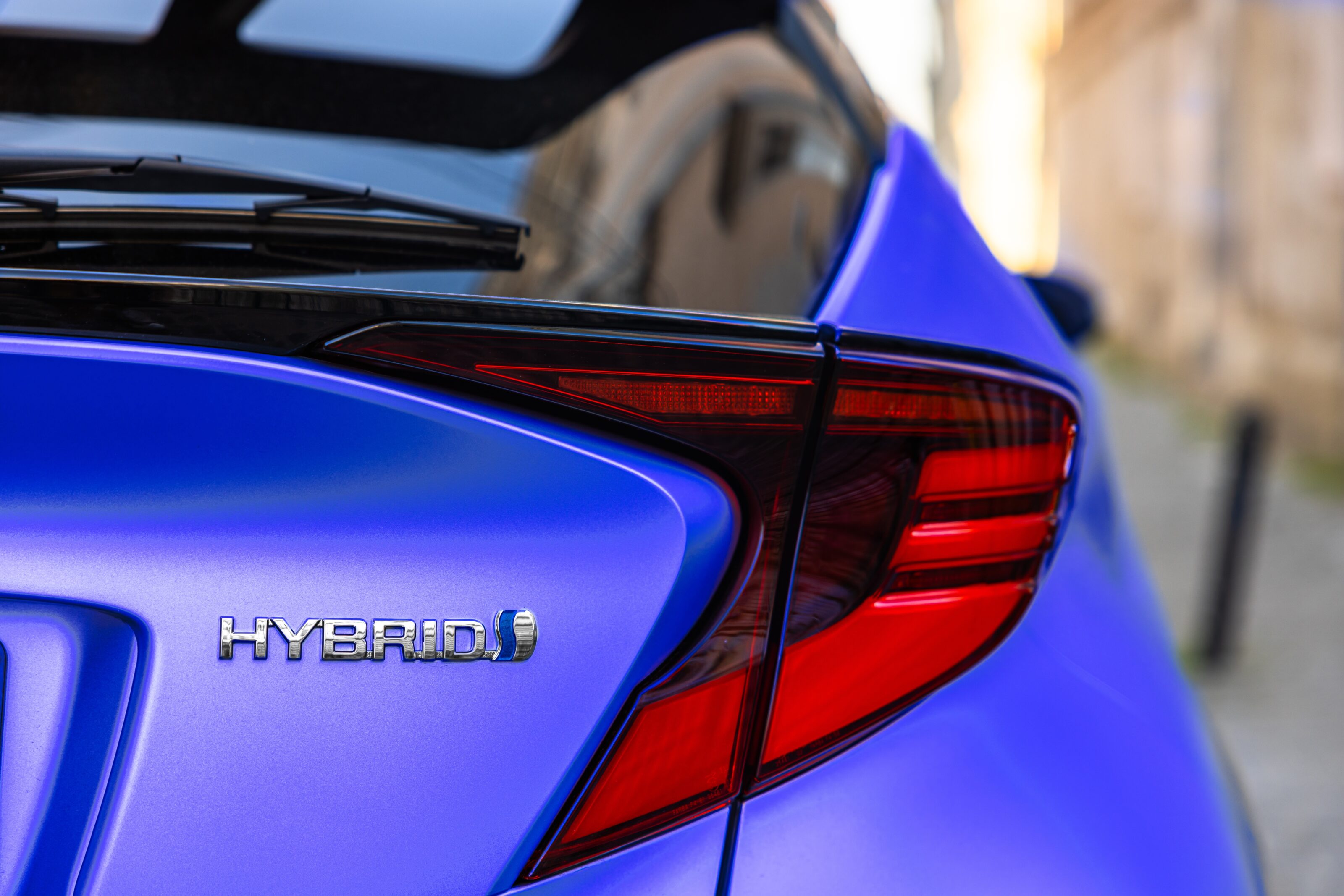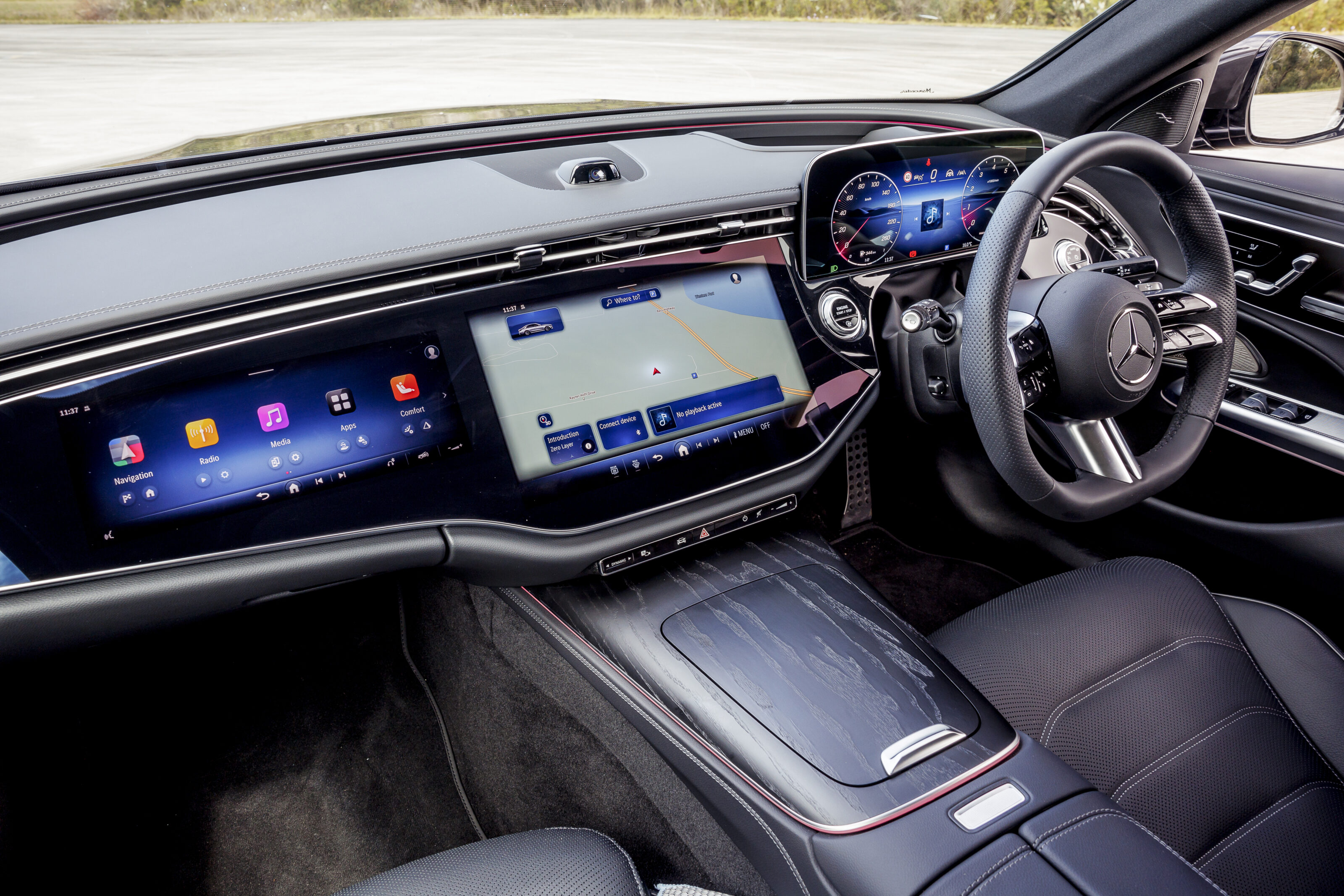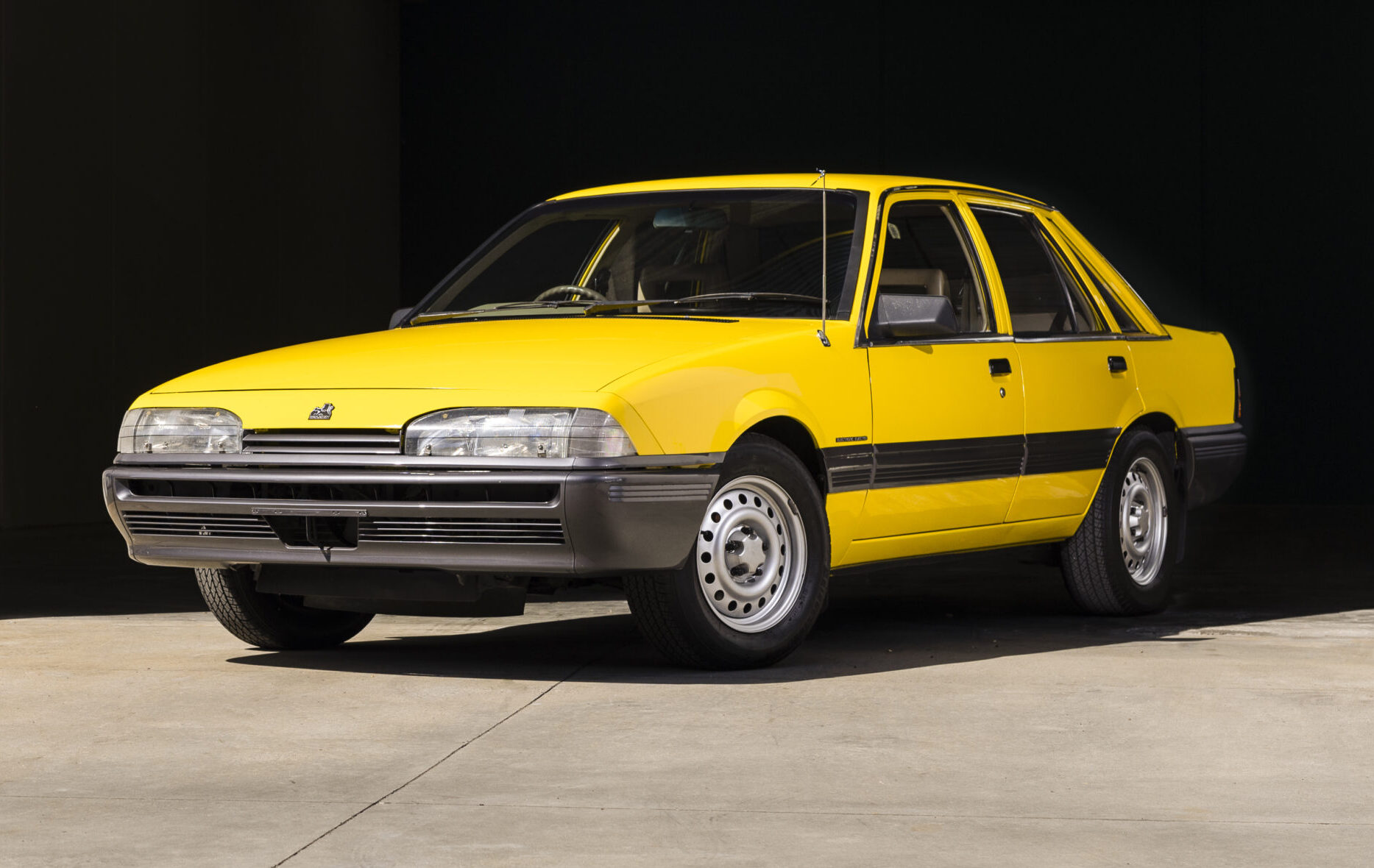SAY the name “Supra” and the ears of every Toyotaphile within ten metres will surely prick up.
For decades the Supra was Toyota’s top-tier sports car, a scalp-taking turbo two-door that was rapid enough to keep pace with – or beat – more exotic metal. It’s a nameplate that commands respect, and to some people that’s more important.
- Previously: Mercedes-Benz A-Class – evolution of a badge
First generation – A40
1978. Disco was king and Japan’s auto industry was hitting its stride, with manufacturers across the country – now one of the world’s biggest industrial powerhouses – rapidly expanding their product portfolios beyond the humble compact cars that established them on the global market.
Toyota was especially keen on adding more emotional appeal to its showrooms. It had done a six-cylinder rear-wheel drive coupe before, the gorgeous 2000GT, but that car was a low-volume special priced well out of reach of the average Japanese salaryman.
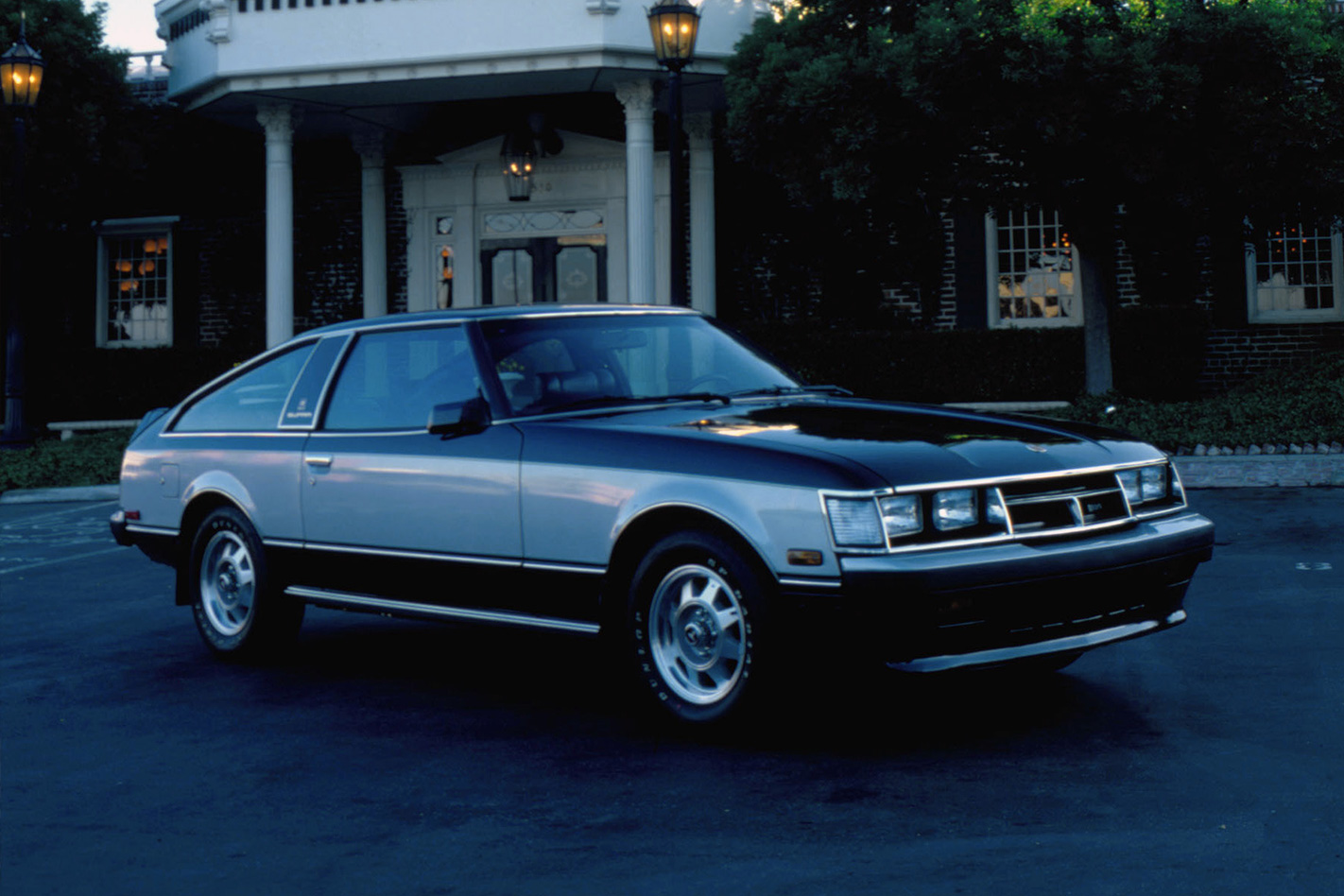
By stretching the wheelbase of an A40 Celica ahead of the A-pillar, Toyota created enough room in the engine bay for a fuel-injected single-cam inline six engine ranged in size from 2.0 litres to 2.8 litres.
Called the Celica XX in Japan and the Celica Supra everywhere else, power wasn’t a strong suit. The Celica Supra offered between 82kW and 92kW at a time when the Datsun 260Z was cranking out upwards of 120kW, and more potent twin-cam versions of the four-cylinder Celica were delivering outputs in the same ballpark.
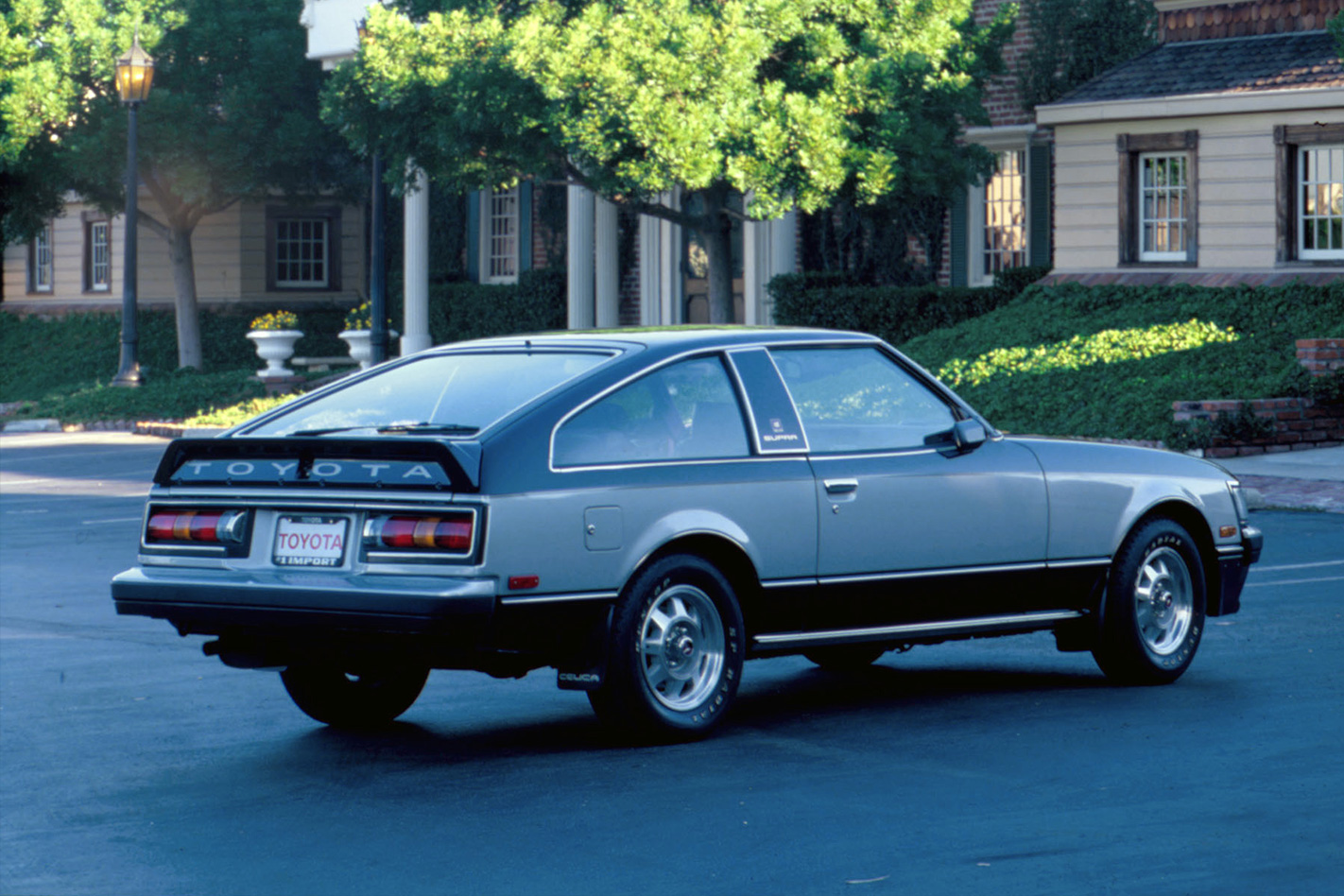
Fun fact: the same platform that sat under the Celica Supra was also the basis for the Celica Camry – a four-door counterpart to Toyota’s rear-drive four-pot coupe that was also the forebear to the much less exciting SV10 Camry. While the Supra name went on to become Toyota’s coolest badge, the Camry name went the opposite direction.
Second generation – A60
The Celica link continued for the second iteration of the Supra, though the platform received a major update that introduced independent rear suspension and a slightly shorter wheelbase. Sheetmetal continued to be shared with the Celica liftback from the A-pillar rearward, but the second-gen Celica Supra’s longer nose and entirely unique front-end styling – not to mention those fat stick-on overfenders on some variants – set it further apart from its four-cylinder stablemate.

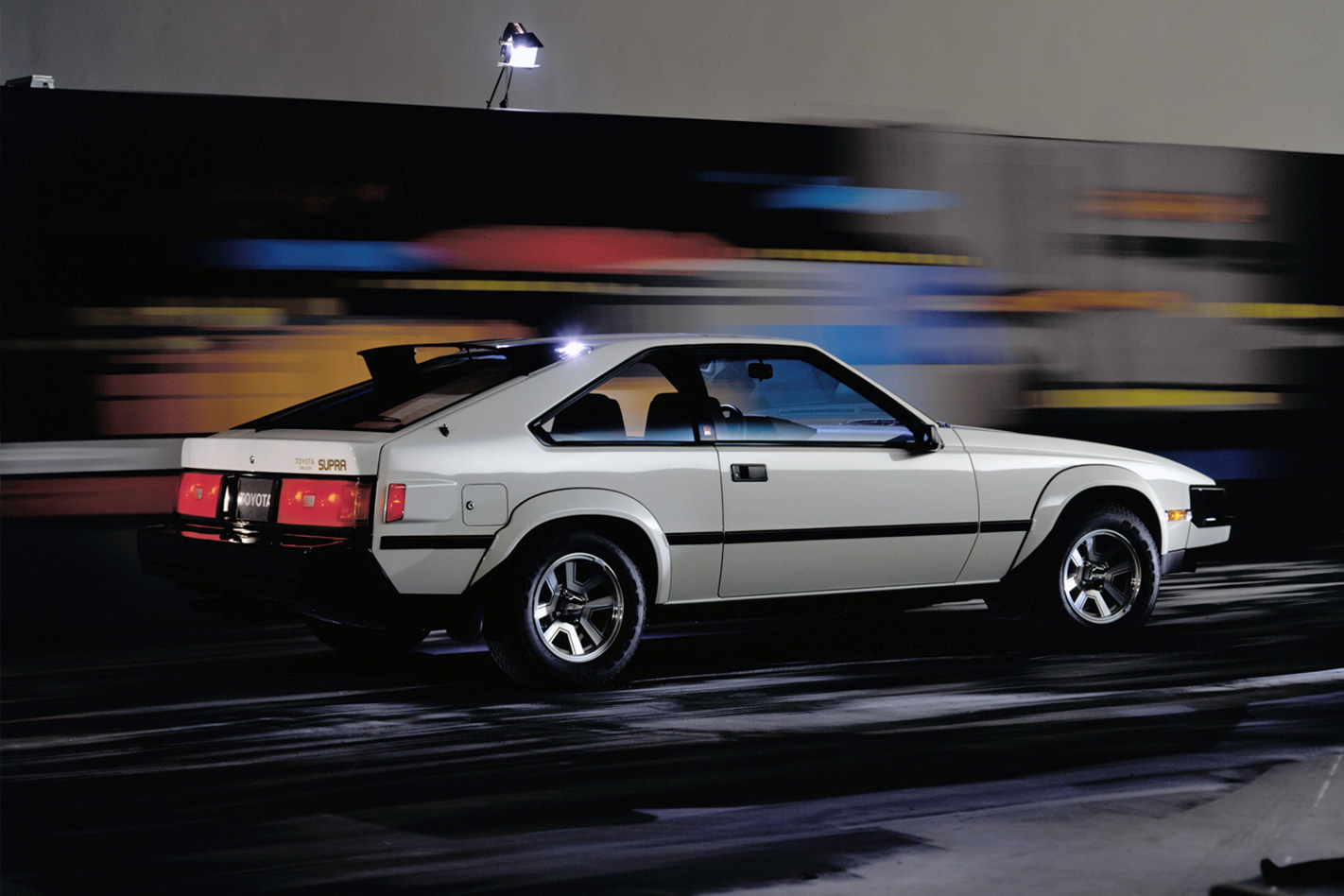
Third generation – A70
Looking somewhat like a Japanese version of the Trans Am used in Knight Rider, the third-gen Supra finally ditched the Celica name from its bootlid and wore its own unique body styling for the first time.
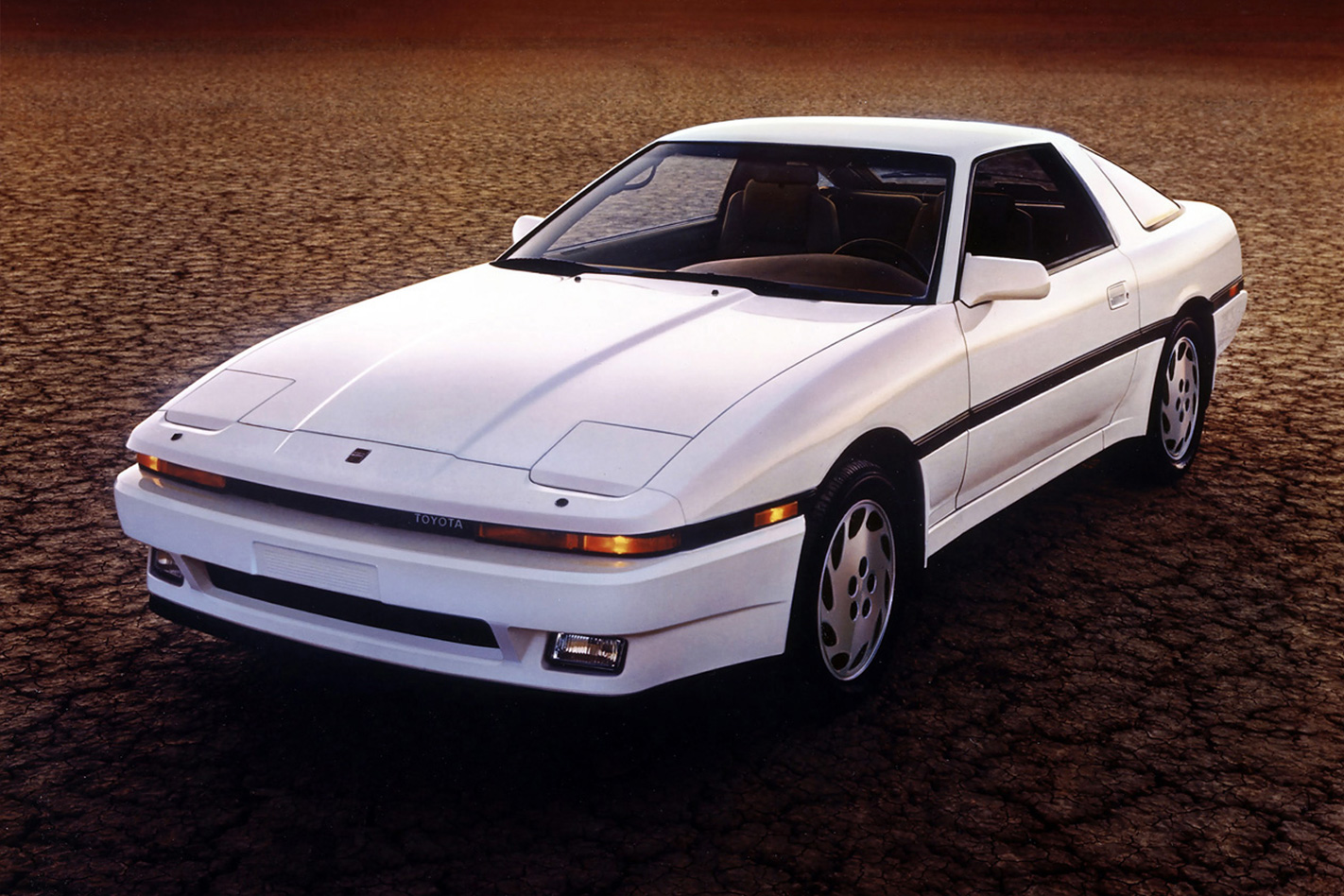
New underpinnings saw the front MacPherson struts of the A60 turfed in favour of more sophisticated double wishbones, and the A60’s rear semi trailing arms were similarly dumped for a proper multi-link arrangement. At last the Supra had proper sporting credentials – even though its handling was geared more toward cruising than cutting laps. That didn’t stop Toyota from campaigning the third-gen Supra in Group A touring car racing.
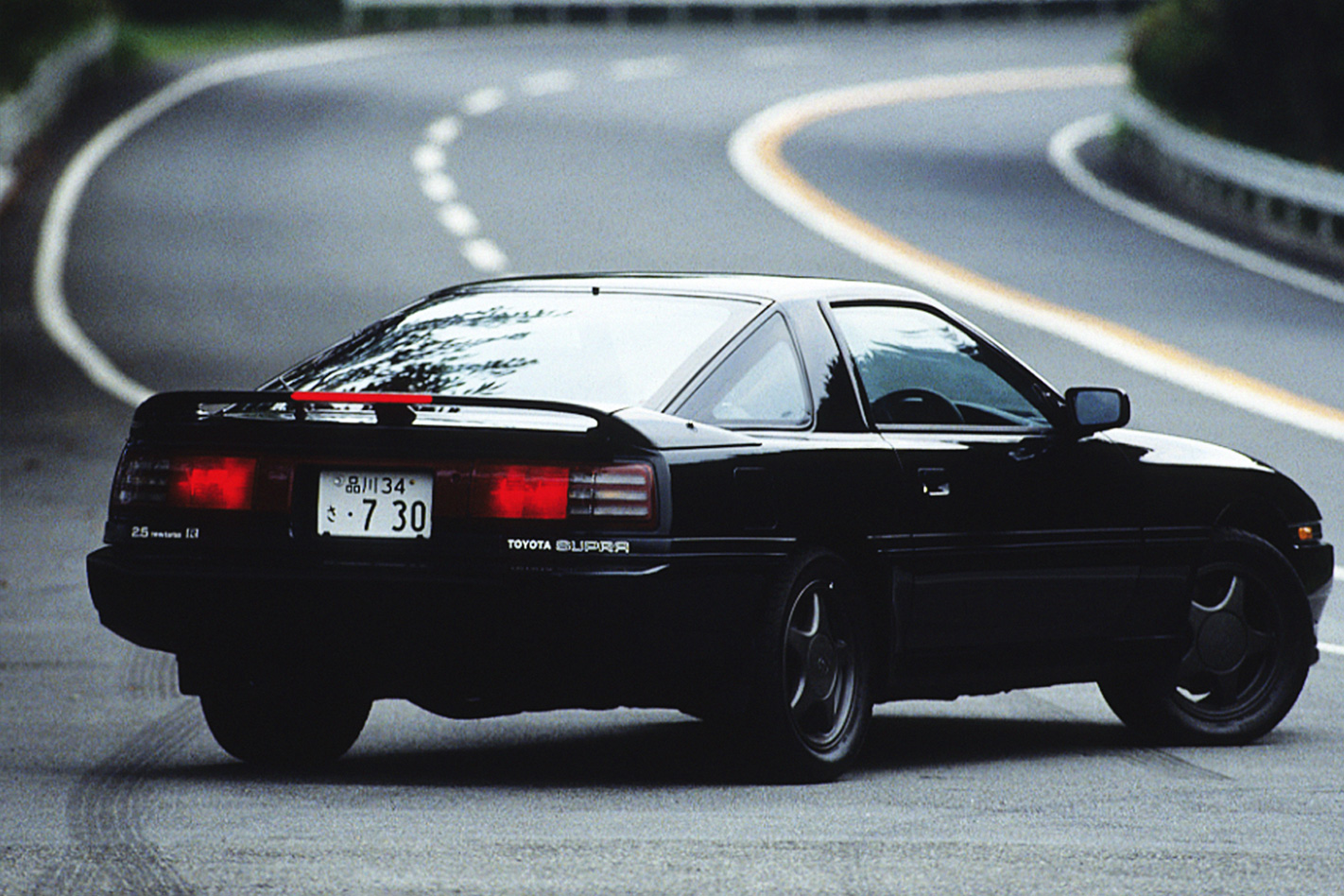
Now liberated from having to share bits with the Celica, the third-gen Supra could finally stand toe-to-toe with its contemporary, the first-generation Nissan 300ZX. However the arrival of the second-gen 300ZX in 1989 once again saw the Toyota sit in the Nissan’s shadow – though that would change when the next Supra arrived in 1994.

This is the car most will associate with the Supra name – the fat-hipped, long-nosed JZA80 Supra of 1994.
The A70’s eighties wedge styling was out and Toyota’s organic design language of the 1990s was in. Curves replaced creases, and the JZA80 Supra’s meaty haunches and low turret were arguably the most attractive interpretation of the Big T’s new look for the 90s, which also graced the widebody Camry and sixth-gen Celica.
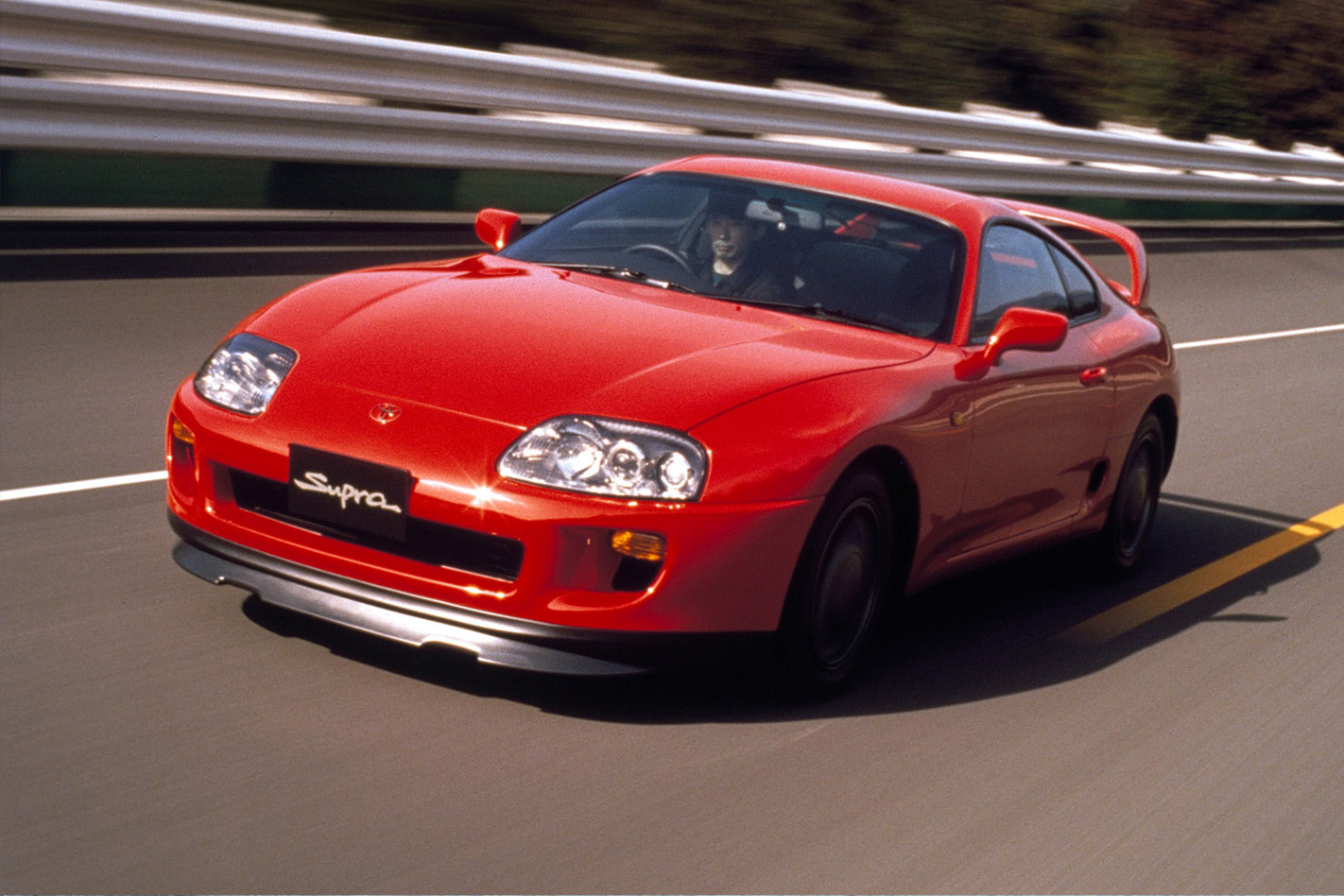
Inside, a driver-focused cockpit featured a dashboard clearly inspired by fighter jets, with space for two adults in a pair of low-slung seats up front and a pair of halflings in the bucket-like rear seats. As always, there was an inline six up front and driven wheels at the back.
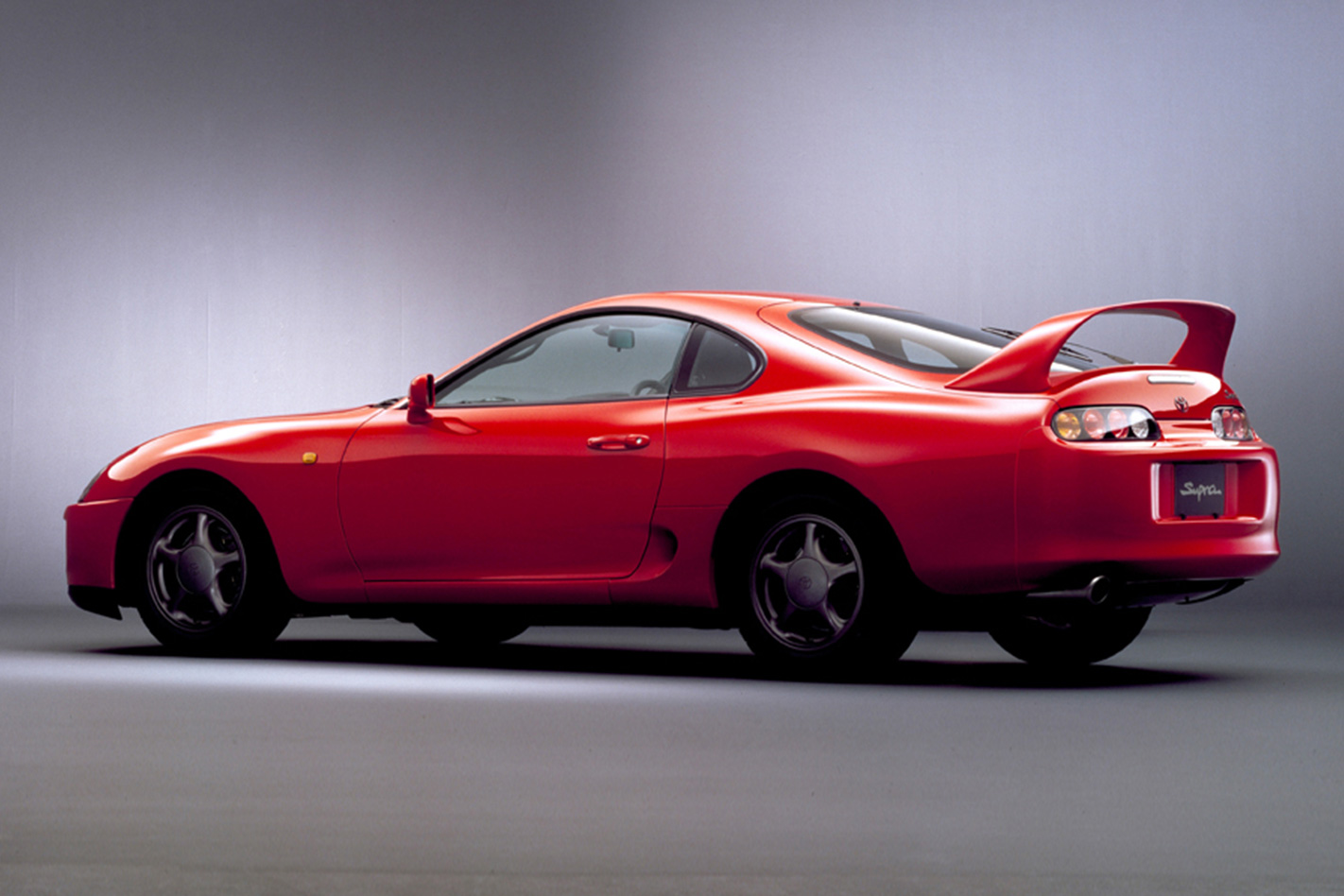
A sequential turbo setup reduced lag and blew enough boost for 243kW in Europe-market Supras (output was strangled down to 206kW in Japan), while peak torque was a fat 431Nm. Remember that this was 1994, and those numbers were Porsche territory. It also made nearly 70Nm more torque than its supercar contemporary, the Ferrari 355, yet retailed at a far more affordable price point.
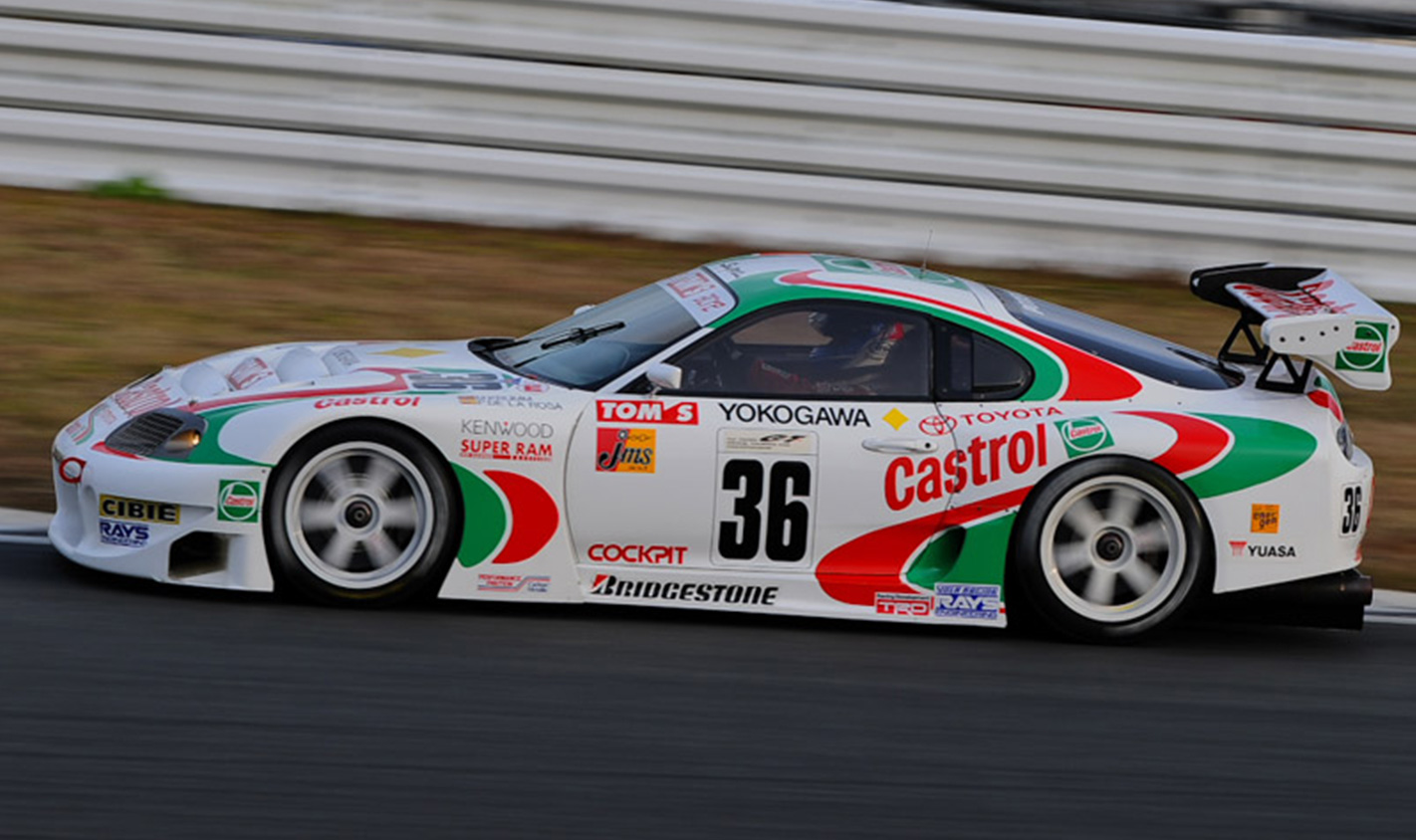
Production ended in 2002 with no replacement, bringing the Supra’s 24-year run to a close. The Celica would survive until 2006, but after that car’s departure Toyota wouldn’t have a single sports car offering until the arrival of the 86 in 2012.
Fifth generation
Now, 16 years after the last Supra rolled off the production line, Toyota will finally bring back its six-cylinder hero. Built on a BMW-designed platform (which will also see service underneath the next-gen BMW Z4) and using BMW engines, the next Supra will continue to use a classic front-engined, rear-drive, six-cylinder format.
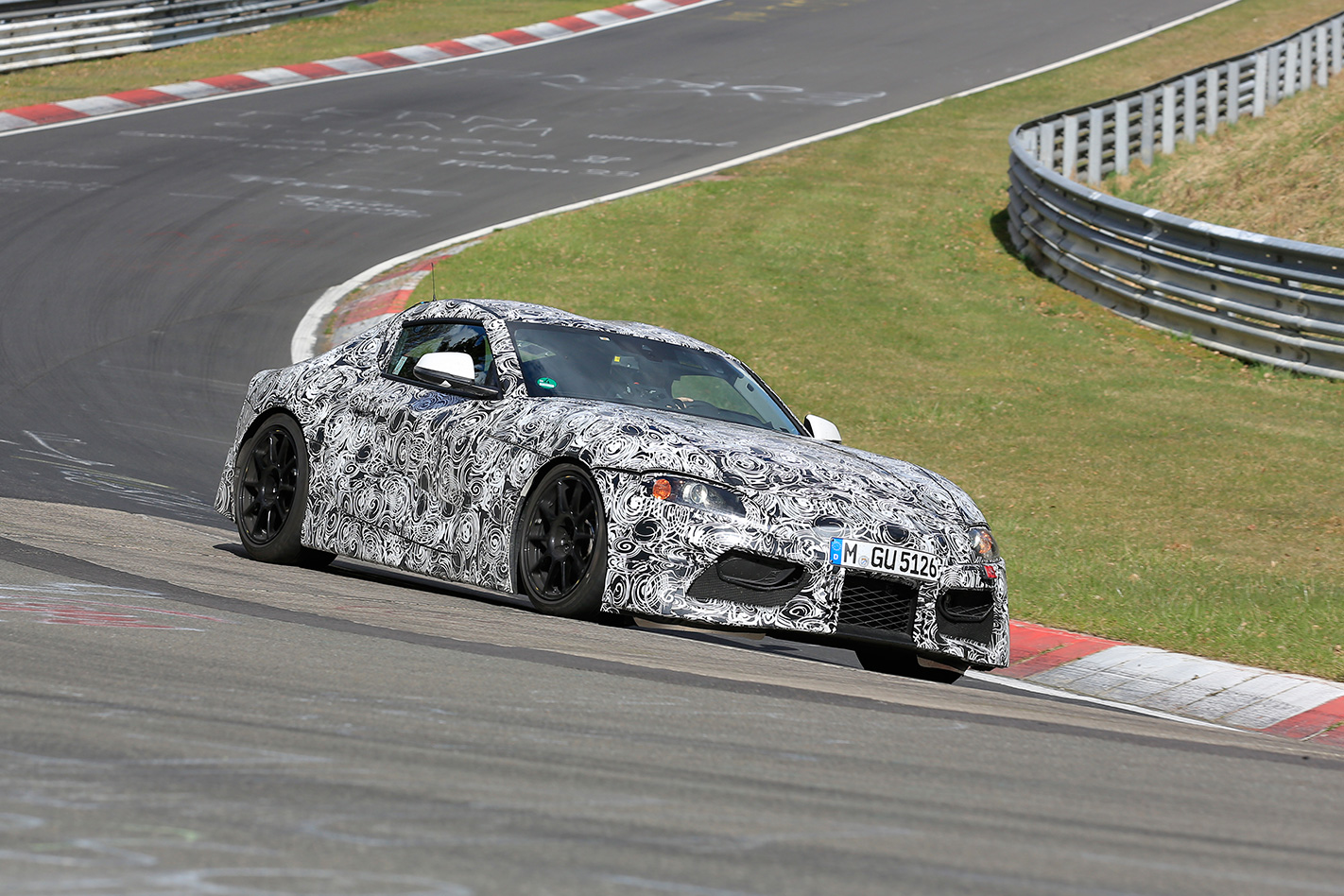
The availability of a four cylinder option would be a first for the Supra, but could potentially see a return of the Celica name on the entry-level variant – a name which has always been associated with four-cylinder power. With the Toyota 86 already nearing the end of its lifespan, a two-powertrain, two-name strategy for the company’s next sports car platform could make sense
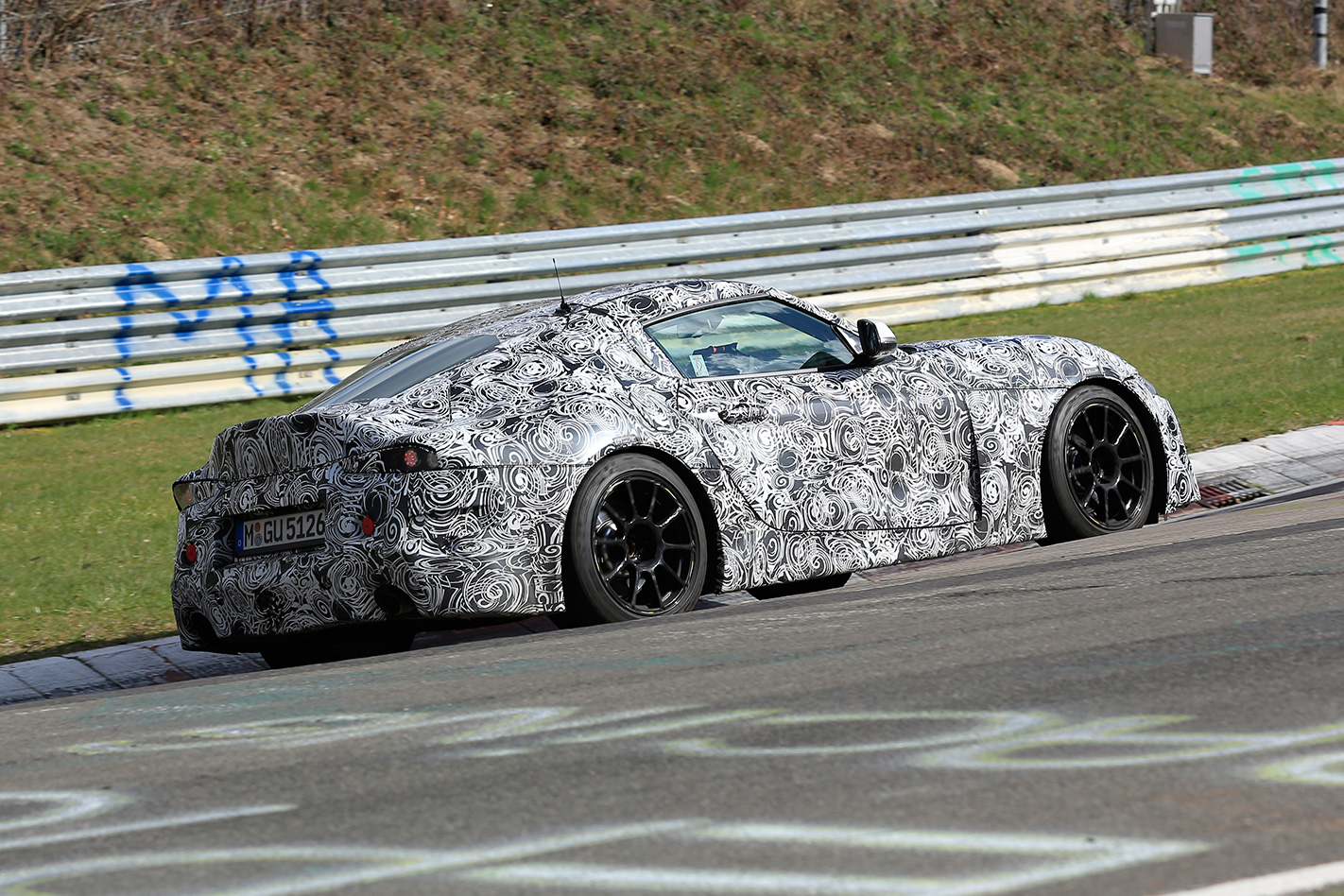
We’ll get our first proper look at it at the 2018 Geneva Motor Show, which opens next month on March 6, and a teaser image (below) suggests many of the FT-1’s styling cues will make it to production. The Geneva showpiece will be dressed up as a racing car, but the sheetmetal beneath its stickers and wings will be the real deal. Confirmation of powertrains will hopefully arrive at the same time.
Stay tuned.
